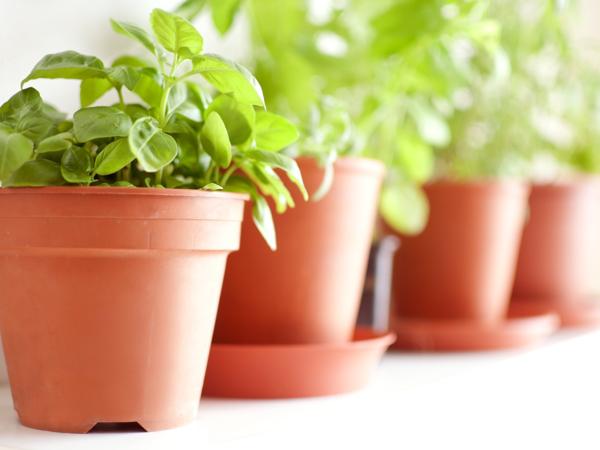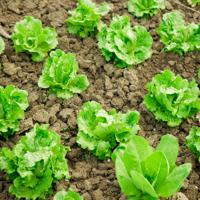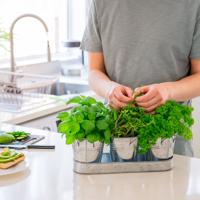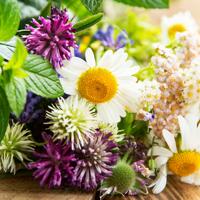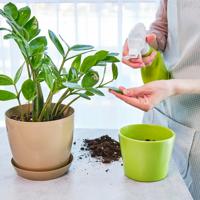There’s something deeply satisfying about growing your own herbs, and basil has a special place in many gardens and kitchens. Known for its versatility, aromatic leaves, and delightful flavor, basil is a popular choice for both novice and experienced gardeners. Let’s explore how you can grow and use fresh basil in a sustainable way.
Getting Started with Basil
Basil, or Ocimum basilicum, is a plant that many find easy to care for, given the right conditions. Starting with basil seeds or seedlings is a personal choice, but if you’re new to gardening, you might find seedlings easier.
Choosing the Right Variety
There are several varieties available, each with unique flavors and aromas. Sweet basil is the most common, often used in Italian cooking, but there are others worth trying:
- Genovese Basil: Known for its bold flavor, perfect for pesto.
- Thai Basil: With a distinct licorice flavor, often used in Asian cuisines.
- Cinnamon Basil: A spicy, cinnamon-scented variety, which works well in desserts.
Explore different types to find one that resonates with your culinary preferences.
Planting Basil
Soil and Sun Requirements
Basil thrives in well-drained soil that’s rich in organic matter. It’s a sun-loving herb, so find a spot where it can bask in six to eight hours of sunlight each day. If your garden soil isn’t optimal, consider adding compost to enrich it.
Sowing Seeds
When planting seeds, sow them about a quarter-inch deep and cover lightly with soil. Basil prefers warm temperatures, so plant it after the last frost date in your region. You can start seeds indoors in small pots if you wish to get a head-start.
Watering
Consistent moisture is essential for basil, but avoid waterlogging the roots. Water when the top inch of soil feels dry. A drip irrigation system can be a sustainable choice, using less water while ensuring the plant’s needs are met.
Caring for Your Basil Plants
Basil appreciates a bit of attention, but it isn’t demanding. Fertilize with a mild organic fertilizer once a month during the growing season. Pinch back regularly to encourage bushier growth and prevent flowering, which can lead to less flavorful leaves.
Harvesting Basil
Once your basil plant has 6-8 leaves on a stalk, you can start harvesting. Gently pinch off leaves from the top of the plant. Use fresh leaves for maximum flavor, but you can also store them. Try freezing basil in olive oil or make batches of pesto to preserve it.
Culinary Uses
Basil is as versatile in the kitchen as it is in the garden. Here are a few ideas to get started:
- Fresh Pesto: Blend basil leaves with pine nuts, Parmesan cheese, garlic, and olive oil for a traditional pesto.
- Caprese Salad: Combine fresh basil with tomatoes, mozzarella, and a drizzle of balsamic glaze for a classic Italian salad.
- Herb Butter: Mix chopped basil with softened butter and a pinch of sea salt. It’s great on bread or roasted vegetables.
Benefits of Basil
While it’s tempting to declare basil as a cure-all, it’s more humble to appreciate its role in a balanced diet. Basil contains vitamin K, vitamin A, and antioxidants, which can contribute to overall well-being.
Sustainable Gardening Practices
Growing basil at home contributes to a garden-to-table lifestyle, reducing the need for store-bought herbs, and minimizing carbon footprints associated with transportation and packaging. Companion planting with tomatoes can enhance growth due to their mutually beneficial relationship.
In conclusion, growing basil is a rewarding practice that combines the joy of gardening with culinary satisfaction. It’s a journey that aligns with a sustainable lifestyle, and one that brings fresh flavors into your kitchen. Don’t hesitate to try different varieties, and enjoy the process of nurturing this fragrant herb. Remember, gardening is as much about the experience as the outcome, and both can be equally enjoyable.
